My visit with an African smallholder farmer
| Feb 1, 2023, 1:11 AM (23 hours ago) |   | ||
| ||||
|
|
|
|
|
|
|
|
|
|
|
|

I planted drought-tolerant seeds, fed and weighed chickens, and used a mobile phone to monitor weather forecasts and local crop prices.
These were a few of the chores I was given during my visit with Mary Mathuli, a smallholder farmer in rural Kenya.
I stopped at her home in Makueni County, south-east of Nairobi, during my recent trip to Kenya to better understand how farmers like Mary are faring in the face of climate change.
I arrived expecting to hear her talk about the record droughts and smaller harvests many farmers are experiencing throughout Africa.
Instead, to my surprise, she led me out to her fields to show off the innovations that are allowing her to continue to grow crops and earn an income to support her family, despite the drastic changes in rainfall and weather patterns.
A natural teacher, Mary encouraged me to learn by doing. She put me to work so I could understand how these new agricultural inputs and practices can make a big difference in their lives.
This experience taught me a couple important lessons.
First, my farming skills—like holding a chicken and swinging a hoe—need some work.
Second, and more importantly, I got a personal reminder of how resourceful and resilient African smallholder farmers like Mary are. Battered by years of drought and other extreme weather patterns, they are developing new skills and embracing new technologies to adapt to some of the toughest conditions for growing crops and raising livestock.
To be clear, African farmers face huge challenges due to climate change. Although sub-Saharan Africa accounts for only about four percent of the world’s carbon emissions, the continent is bearing the brunt of climate change impacts. Climate-related losses on many African farms are more than double those seen globally. In Makueni County, where Mary farms, yields of maize have been falling since 1994, largely due to changes in the weather.
While more innovation is needed to help Africa’s smallholder farmers keep pace with the threats posed by climate change, Mary and other farmers in Kenya are adopting some incredible new tools and practices that can limit crop losses and help their farms thrive even in extreme weather:
Chickens: Our first stop at Mary’s farm was her chicken coop, where she promptly handed me a large hen to hold. Chickens serve as a kind of hedge against climate risks because they can provide a reliable source of income, even in times of extreme weather. She sells eggs and the adult chickens for meat at her local market. She also sells chicks to other farmers so they can raise their own flocks. What’s more, chickens (both the eggs and the meat) provide valuable nutrition to families, especially important for children.
But, she added, adult chickens can only be sold when they weigh about 1.5 kilograms, a measurement that is made by instinct and not on a scale. She asked me to judge the weight of the chicken in my hands. I had a guess that it felt ready to go to market. Fortunately, I was right.

Drought-tolerant seeds: Next, we walked out to Mary’s fields, where she handed me bags of improved seeds that can handle extreme weather conditions. Some of the most successful varieties have been developed by researchers at the International Maize and Wheat Improvement Center, an amazing organization that’s part of a global partnership called CGIAR that focuses on improving food security. Other drought-tolerant varieties have been developed by local partners like the Kenya Agriculture and Livestock Research Organization (KALRO), whom I also had the pleasure of visiting in Nairobi.
Mary uses drought-tolerant maize seeds and bean seeds, which she invited me to plant with her. I helped her dig a square planting pit, about a foot deep, which conserves rainwater. Then we dropped in the seeds, covered them with soil, watered them, and added a thin layer of straw on top to help provide some protection from the heat.
Mobile phones: Asked about other innovations that have helped her, Mary pulled out her mobile phone. It’s an important tool for farmers to raise their productivity and increase their incomes through access to vital agriculture information and services. She directed me to an app on her phone where I could check the local weather. While local weather forecasts are common throughout much of the world, in rural Kenya and other remote parts of Africa, getting this vital information is sometimes difficult. Farmers can also use their phone to check market prices for crops and livestock, get knowledge and technical support to improve farm operations, and access financial services and insurance.

As farms go, Mary’s farm is quite small. Just about 4 acres, which is typical for farms in Africa. Still, she packs a lot of activities in this space, growing commercial and subsistence food crops and rearing poultry and livestock. In sub-Saharan Africa, more than half of the population works in agriculture. Together, they produce about 80 percent of the continent’s food supply. And most of the people doing the backbreaking farm work—like the chores I performed—are women.
I was impressed by Mary’s entrepreneurial spirit and her optimism. She appeared to seize every opportunity to try out new technologies and agricultural practices. It’s one of the reasons why she was trained as a model farmer and Village Based Advisor by the Cereal Growers Association, an organization that works with smallholder farmers to help improve their productivity. In this role, Mary provides guidance to several hundred farmers in her community, showing them how to use drought-tolerant seeds, raise chickens, and adopt other climate adaptation agricultural strategies.
She is clearly doing a good job in this role because more than 90 percent of farmers in her area have embraced one of the new adaptation practices.
I look forward to hearing how the seeds I planted with Mary are doing, despite the disappointing rains in recent months. I can’t imagine them in better hands than hers.
Thanks so much for the visit, Mary!
New Device Invented to Generate Electricity from Cold and Dark Nights
the process not instantaneous
cold energy vehicles on road TO COLD ENERGY AIRCONDITIONING AT HOME TO COLD ENERGY ELECTRICITY FOR HOME USE= MOST OF THE ENERGY NEED
New Device Invented to Generate Electricity from Cold and Dark Nights
,.What Is Climate Change?
Switching energy systems from fossil fuels to renewables like solar or windadd cold energy from atmosphere everywhere any time will reduce the emissions driving climate change.
Climate change refers to long-term shifts in temperatures and weather patterns. These shifts may be natural, such as through variations in the solar cycle. But since the 1800s, human activities have been the main driver of climate change, primarily due to burning fossil fuels like coal, oil and gas.
Burning fossil fuels generates greenhouse gas emissions that act like a blanket wrapped around the Earth, trapping the sun’s heat and raising temperatures.
Examples of greenhouse gas emissions that are causing climate change include carbon dioxide and methane. These come from using gasoline for driving a car or coal for heating a building, for example. Clearing land and forests can also release carbon dioxide. Landfills for garbage are a major source of methane emissions. Energy, industry, transport, buildings, agriculture and land use are among the main emitters.
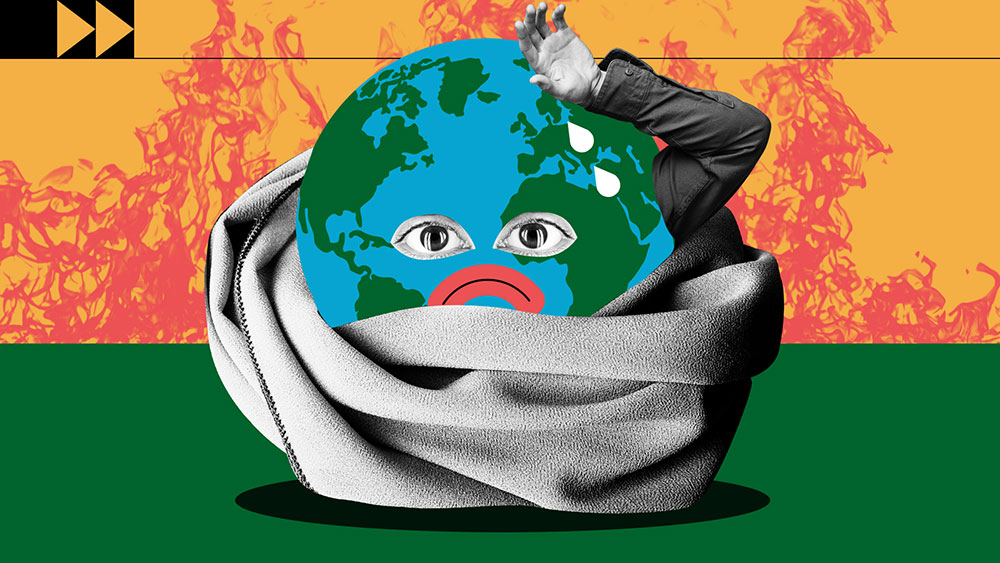
Greenhouse gas concentrations are at their highest levels in 2 million years
And emissions continue to rise. As a result, the Earth is now about 1.1°C warmer than it was in the late 1800s. The last decade (2011-2020) was the warmest on record.
Many people think climate change mainly means warmer temperatures. But temperature rise is only the beginning of the story. Because the Earth is a system, where everything is connected, changes in one area can influence changes in all others.
The consequences of climate change now include, among others, intense droughts, water scarcity, severe fires, rising sea levels, flooding, melting polar ice, catastrophic storms and declining biodiversity.

People are experiencing climate change in diverse ways
Climate change can affect our health, ability to grow food, housing, safety and work. Some of us are already more vulnerable to climate impacts, such as people living in small island nations and other developing countries. Conditions like sea-level rise and saltwater intrusion have advanced to the point where whole communities have had to relocate, and protracted droughts are putting people at risk of famine. In the future, the number of “climate refugees” is expected to rise.
Every increase in global warming matters
In a series of UN reports, thousands of scientists and government reviewers agreed that limiting global temperature rise to no more than 1.5°C would help us avoid the worst climate impacts and maintain a livable climate. Yet policies currently in place point to a 2.8°C temperature rise by the end of the century.
The emissions that cause climate change come from every part of the world and affect everyone, but some countries produce much more than others. The 100 least-emitting countries generate 3 per cent of total emissions. The 10 countries with the largest emissions contribute 68 per cent. Everyone must take climate action, but people and countries creating more of the problem have a greater responsibility to act first.

We face a huge challenge but already know many solutions
Many climate change solutions can deliver economic benefits while improving our lives and protecting the environment. We also have global frameworks and agreements to guide progress, such as the Sustainable Development Goals, the UN Framework Convention on Climate Change and the Paris Agreement. Three broad categories of action are: cutting emissions, adapting to climate impacts and financing required adjustments.
Switching energy systems from fossil fuels to renewables like solar or wind will reduce the emissions driving climate change. But we have to start right now. While a growing coalition of countries is committing to net zero emissions by 2050, about half of emissions cuts must be in place by 2030 to keep warming below 1.5°C. Fossil fuel production must decline by roughly 6 per cent per year between 2020 and 2030.

Adapting to climate consequences protects people, homes, businesses, livelihoods, infrastructure and natural ecosystems. It covers current impacts and those likely in the future. Adaptation will be required everywhere, but must be prioritized now for the most vulnerable people with the fewest resources to cope with climate hazards. The rate of return can be high. Early warning systems for disasters, for instance, save lives and property, and can deliver benefits up to 10 times the initial cost.
We can pay the bill now, or pay dearly in the future
Climate action requires significant financial investments by governments and businesses. But climate inaction is vastly more expensive. One critical step is for industrialized countries to fulfil their commitment to provide $100 billion a year to developing countries so they can adapt and move towards greener economies.

Learn more about…

Causes and Effects
Fossil fuels are by far the largest contributor to the greenhouse gas emissions that cause climate change, which poses many risks to all forms of life on Earth. Learn more.

Net zero
What is net zero? Why is it important? Our net-zero page explains why we need steep emissions cuts now and what efforts are underway.

Renewable energy – powering a safer future
What is renewable energy and why does it matter? Learn more about why the shift to renewables is our only hope for a brighter and safer world.

Five ways to jump-start the renewable energy transition now
UN Secretary-General outlines five critical actions the world needs to prioritize now to speed up the global shift to renewable energy.

Finance
How will the world foot the bill? We explain the issues and the value of financing climate action.

Adaptation
What is climate adaptation? Why is it so important for every country? Find out how we can protect lives and livelihoods as the climate changes.
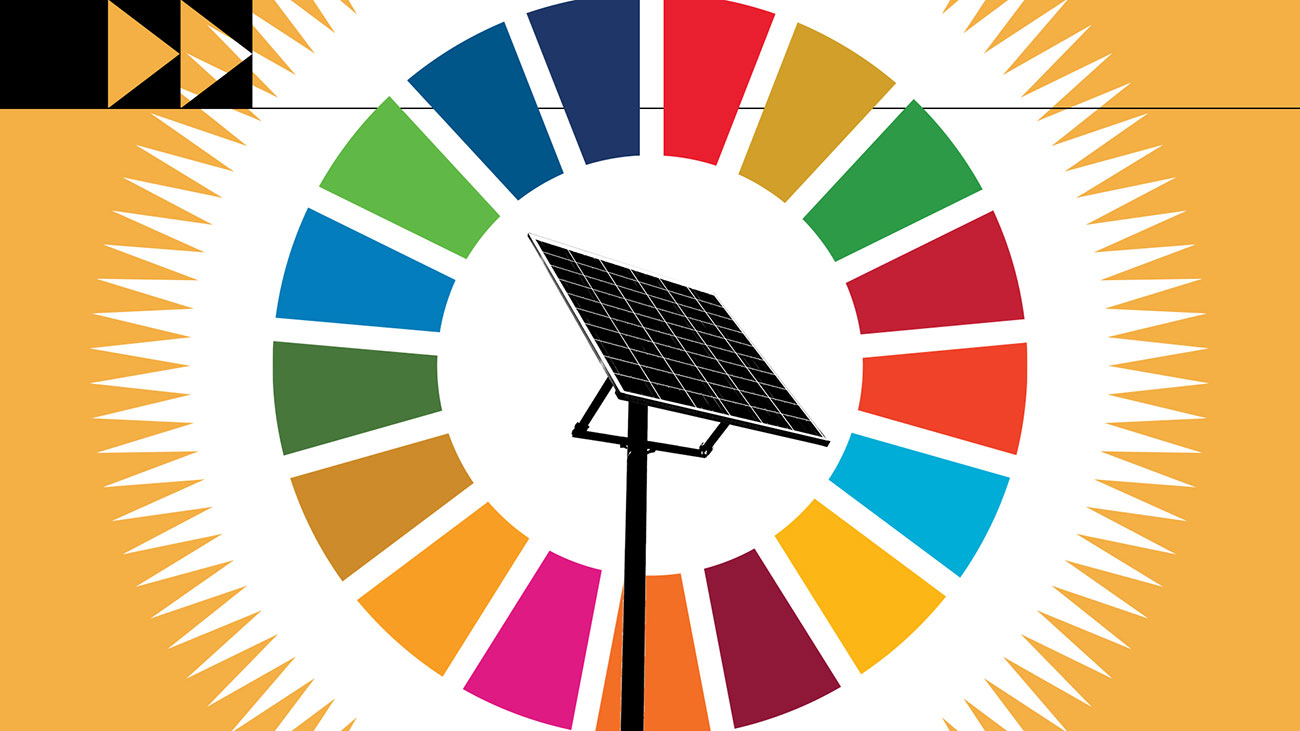
Sustainable Development Goals
Climate action is a global goal. And it contributes to all other SDGs. Learn more.
Switching energy systems from fossil fuels to renewables like solar or windadd cold energy from atmosphere everywhere any time will reduce the emissions driving climate change.
New Device Invented to Generate Electricity from Cold and Dark Nights
Given the deteriorating condition of the Earth, it becomes inevitable to look for environment-friendly ways to deal with the human requirement. Energy is one of the most important requirements of human living. While solar, wind and water-energy have already been in use, the scientists have now invented a new anti-solar panel, which harvests energy from the cold night sky. This technology makes it easier for cold countries to generate electricity and survive for days without sunlight.
The new prototype of the device can produce enough electricity at night to power a small LED light. This all is possible by harnessing the temperature difference between Earth and outer space. However, a bigger version of this prototype can provide enough energy to light rooms, charge phones or power other electronics. These can be of use to remote or low-resource areas that lack electricity at night when solar panels don’t work.
A product has been worked out together by engineers at University of California and Stanford University. The study was published on Thursday, September 12, in Joule, describing how the invention can be made with $30 of materials found at hardware stores and hobby shops. Additionally, the technology is a modern twist on the previous techniques that has existed for nearly 200 years, called thermoelectric generators.
“What’s common in all of those examples is that they depend on a source of heat,” said Aaswath Raman, an engineer and materials scientist at UCLA who co-led the study, adding, “We kind of invert the problem. Instead of looking for a source of heat from which we can draw power, we’re instead taking advantage of a source of cold.”
The Cooling Challenge
Today, cooling consumes 25% of electricity generated worldwide and is responsible for 7% of greenhouse gas emissions. Cooling has become critical to our everyday lives. It is quickly becoming a basic need — required to create comfortable climates for living, to bring food to our tables, and to keep the internet running. The rising middle class and continued growth in urbanisation is expected to increase cooling demand. If left unchecked, the electricity used to power cooling systems will overburden electrical grids and increase planet-warming emissions.

Our Mission
At SkyCool Systems, our mission is to deliver sustainable, energy-efficient cooling solutions to customers interested in reducing energy costs and carbon footprint.
Our Story
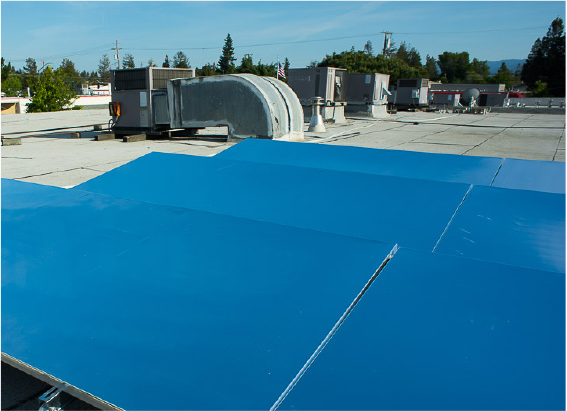
SkyCool was founded in 2016 on the premise that cooling systems play a large role in contributing to climate change. Additionally, as global air temperatures rise and summers become hotter, energy use for cooling will grow significantly.
Our aim is to improve the efficiency of all cooling systems by harnessing an untapped renewable resource: the sky. We are dedicated to using our technology to bring efficient, climate-friendly cooling to all parts of the globe.
Our Vision
SkyCool’s vision is to bring electricity-free cooling to the world
If SkyCool’s Solution was employed on a global scale…
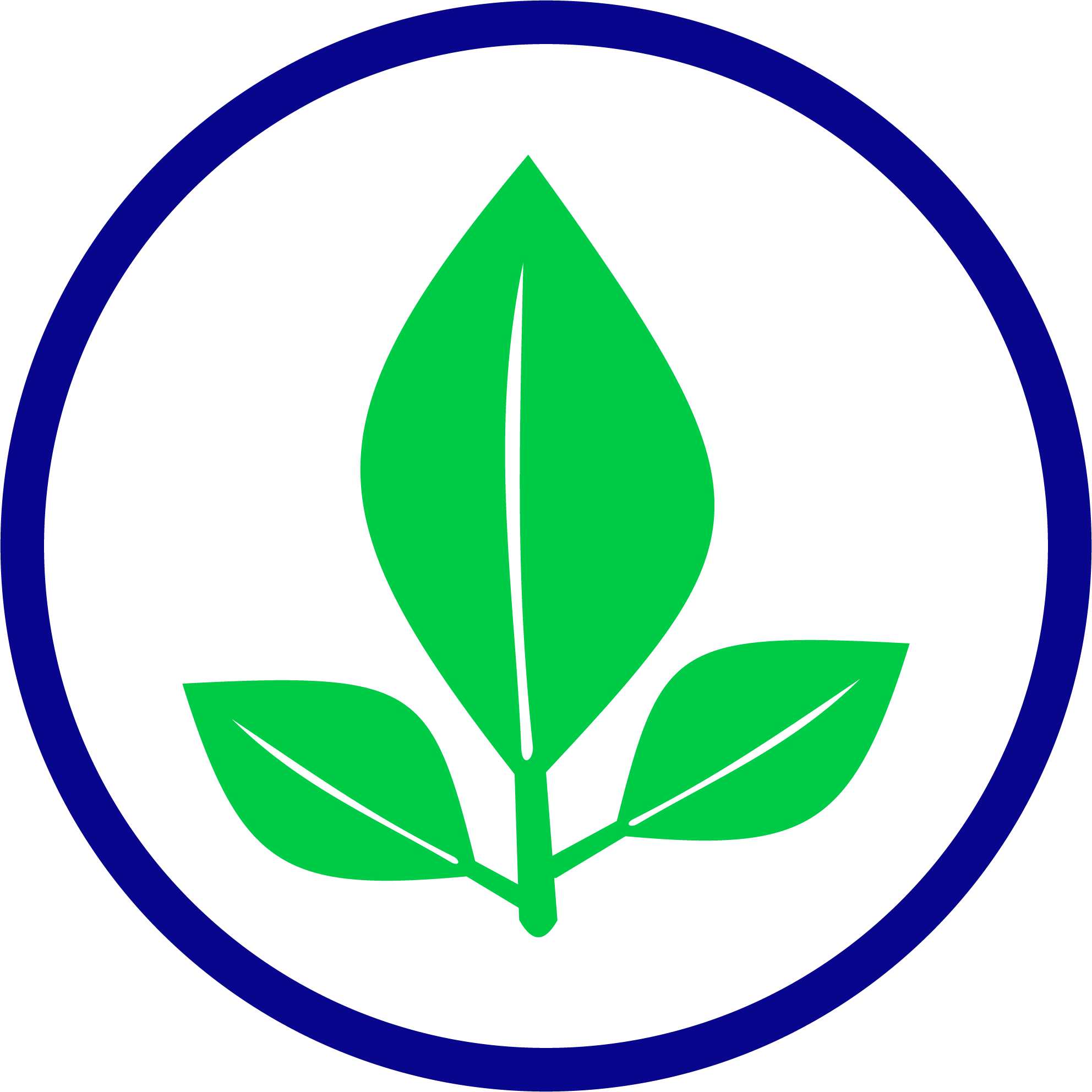
134 Million
Metric tons of carbon reduced
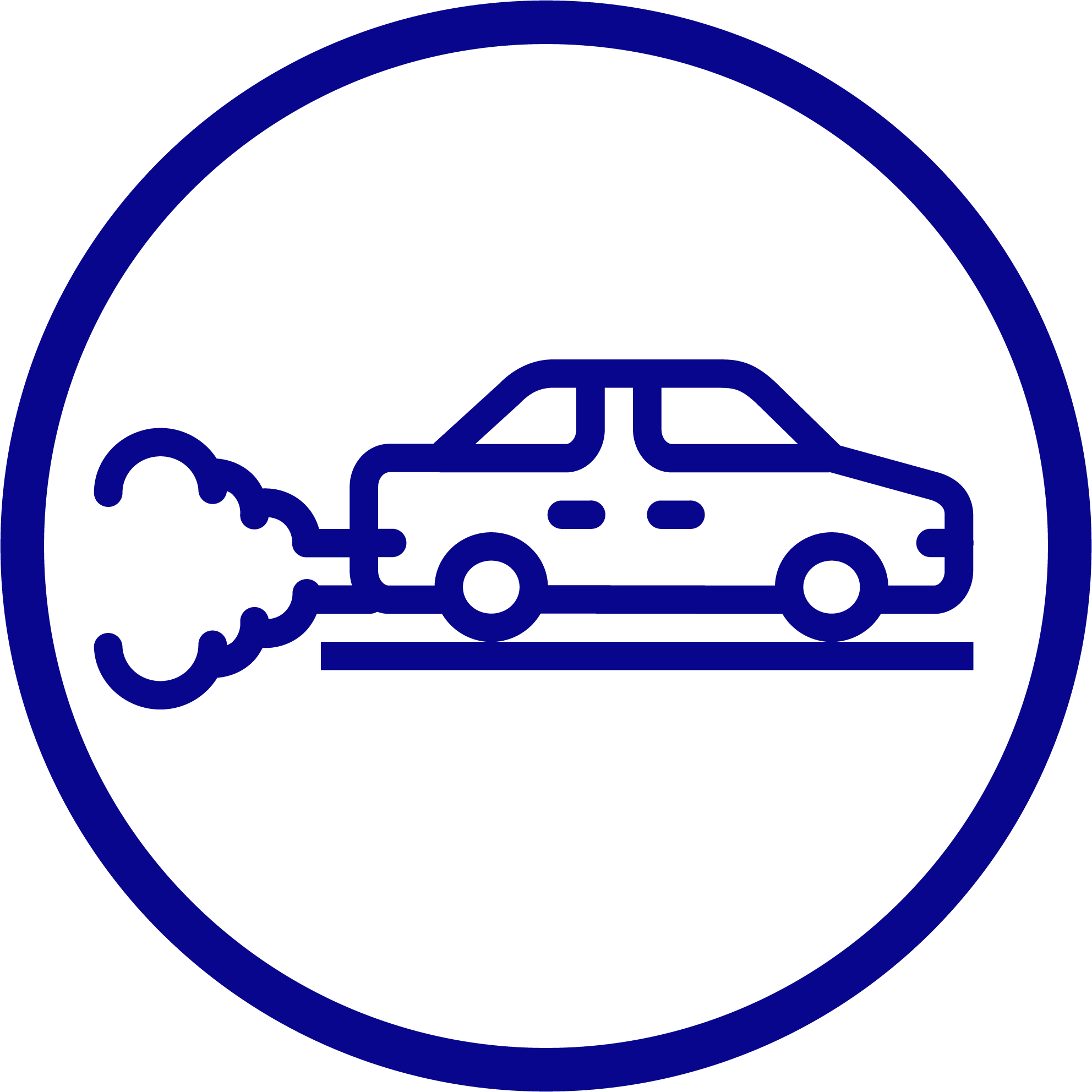
29 Million
Passenger Vehicles Driven for one year
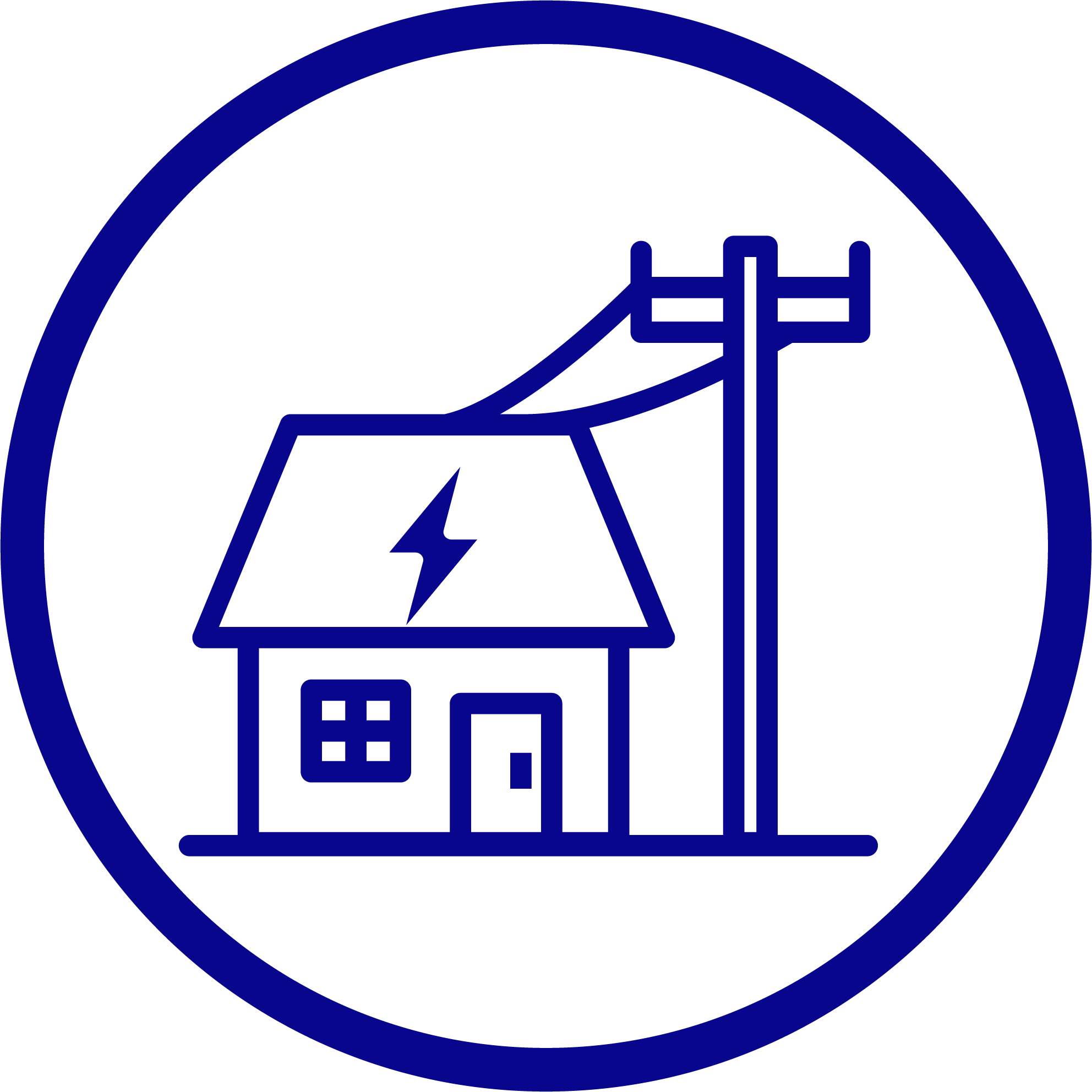
23 Million
Homes’ electricity use for one year
The SkyCool Team
We are a team of dedicated engineers, scientists and business operators that are passionate about mitigating the effects of global warming and using our technology to reduce rising temperatures around the world.
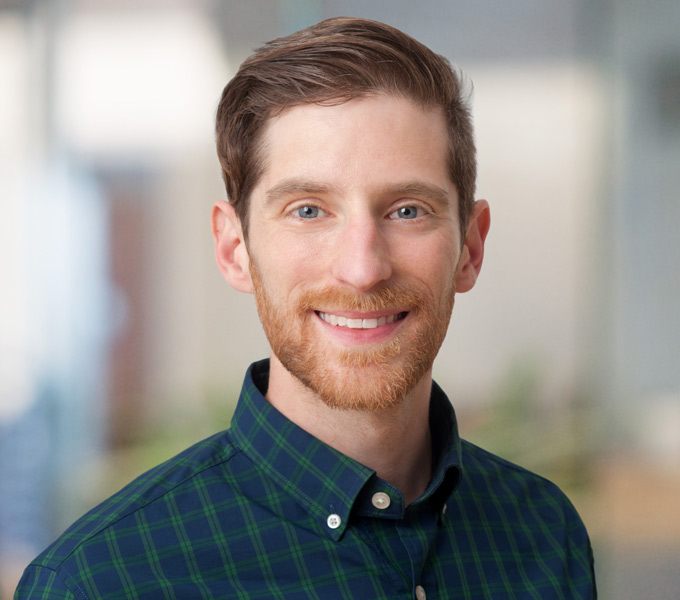
Eli Goldstein
Co-Founder, CEO
Eli received his Ph.D. in Mechanical Engineering from Stanford University. Eli has a passion for energy systems and thermal science. He has led teams of engineers in both industrial and academic settings and previously worked with two cleantech startups. He also led thermal modeling/testing for an entry into the Gates Foundation’s Reinventing the Toilet Grand Challenge.
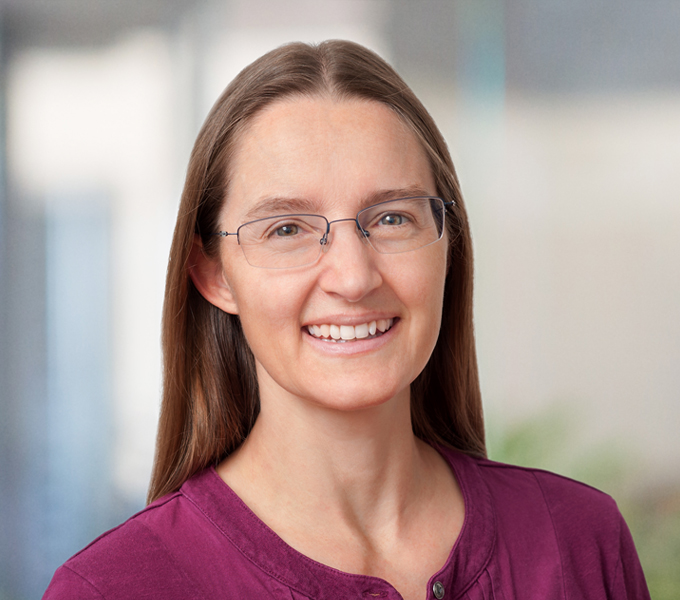
Teresa Peters
Mechanical Engineer
Teresa received her Ph.D. in Mechanical Engineering from MIT. She has worked on design, modeling and testing of thermal fluid systems, including an ice cream freezer based on co-expansion with carbon dioxide and a small foot-print, high heat flux, air-cooled heat exchanger with an integrated heat pipe. She is interested in using thermal-fluid and thermodynamic models to improve heat transfer system performance.
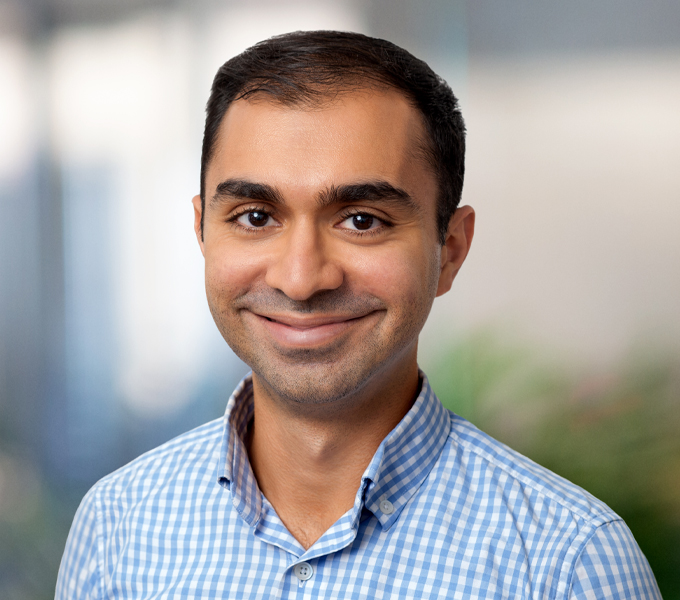
Sohrab Godrej
Director of Business Development
Sohrab is an MBA graduate from Harvard Business School. He grew up in Mumbai, India and previously worked as a design engineer in the aerospace industry and a sustainability manager at a chemicals manufacturer in India. Sohrab has a degree in Mechanical Engineering from Stanford University and is passionate about using science and technology to improve efficiency and reduce carbon footprint.
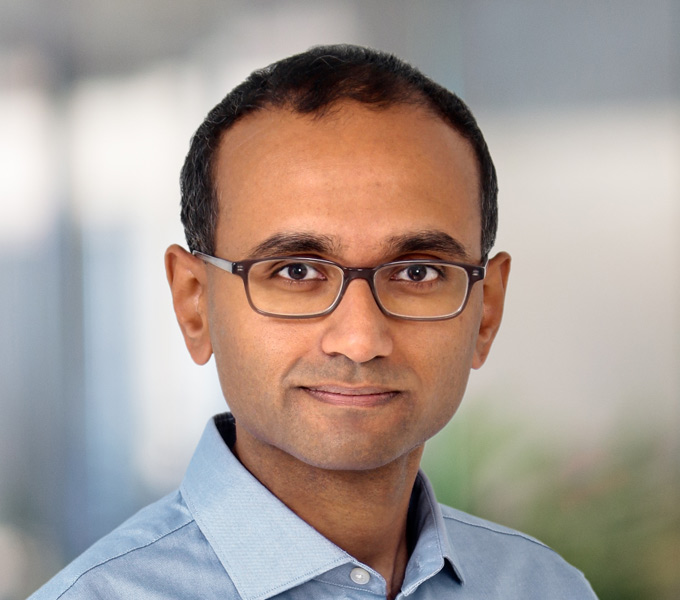
Aaswath Raman
Co-Founder, Chief Science Officer
Aaswath is a professor of Materials Science and Engineering at UCLA. He received his Ph.D. in Applied Physics from Stanford University and is passionate about improving the efficiency of energy systems.
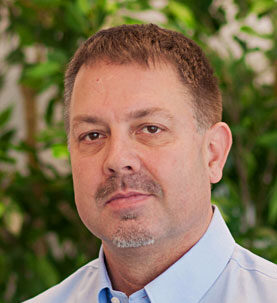
Garrett Duncan
Senior Director of Projects
Prior to Skycool, Garrett managed numerous utility scale PV construction projects with up to 69kV substations and utility switchyards. He also directed an evaporative cooling energy efficiency company and worked for several environmental consultants on state and federal resource agency and FERC utility projects. Garrett previously owned and operated a commercial and public-works construction company. Garrett’s education includes a Ph. D. from UC Davis, an M.S. in natural resource science from Humboldt State University, and a B.A. in environmental studies.

Gary Wiseman
Interim CFO
Gary brings over 30 years of global business experience to the SkyCool team. He was most recently the founder and CEO of Brisbane Materials, an Australia-based manufacturer of efficiency-improving coatings for solar, LED and display applications. He was also General Manager of the Optical Platform Division of Intel, and spent a 15+ year career in technology development, operations, marketing and general management at Raychem. Gary has a Ph.D. in Chemistry from MIT and an MBA from IMD in Lausanne Switzerland.

Gabriel Hebert
Head of Supply Chain
Advisors
Shanhui Fan
Co-Founder
Shanhui is Professor of Electrical Engineering and the Director of the Edward L. Ginzton Laboratory at Stanford University. He received his Ph. D in Physics from MIT.
Bruce Graham
Advisor
Join Our Team!
Partners and Affiliations
,
What Uses the Most Energy in Your Home?
Home cooling and heating uses maximum energy 45 %
my Question?
why not use the cold just 2000 feet upwards for cooling















No comments:
Post a Comment